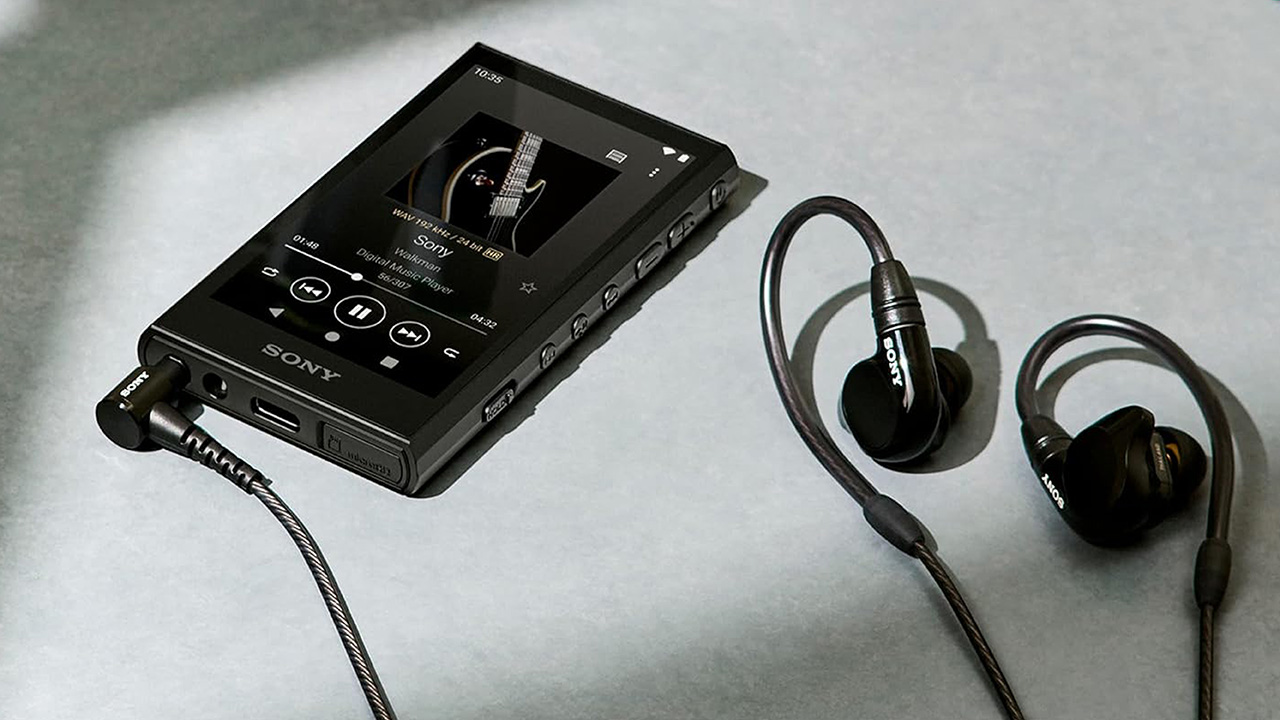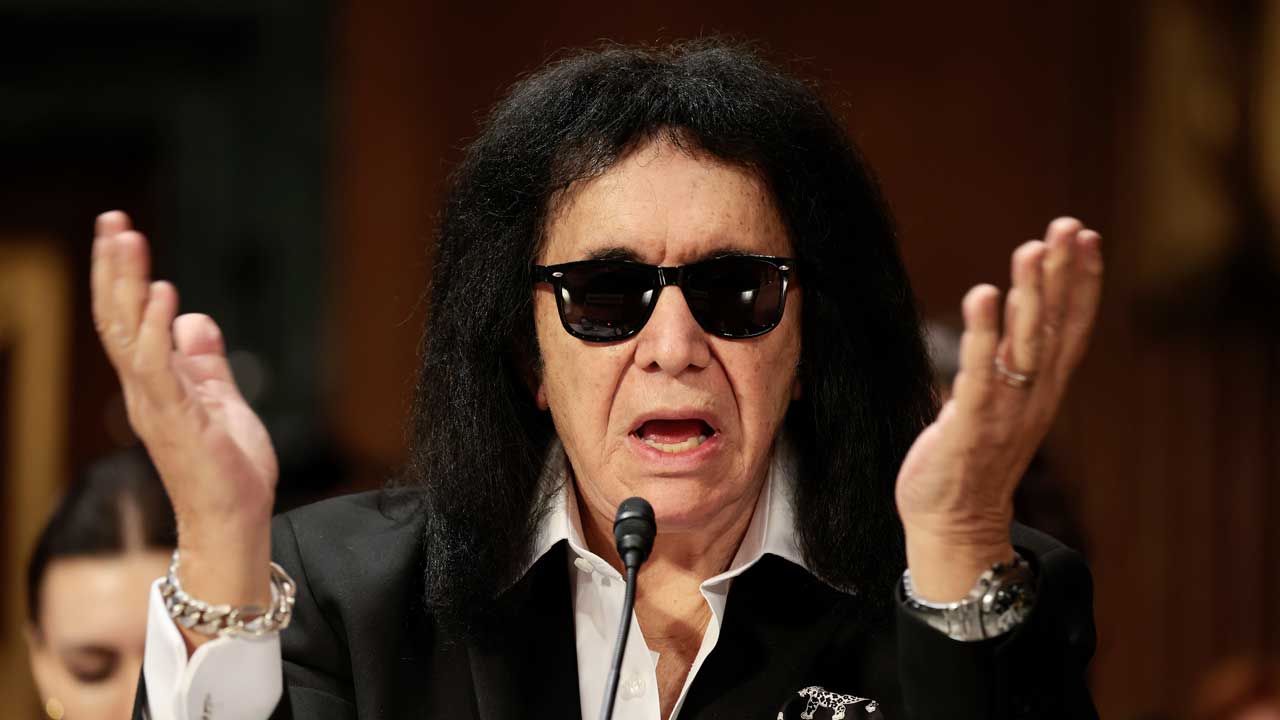2005 is calling, and it wants you back: Why the return of the MP3 player is a mini vinyl revival in the making
It's been 20 years since the MP3 player explosion - and, against all odds, it's staging a comeback. We explore the reasons why, and why you should be all-in

The accelerating pace of technological progress is nothing new, but it does seem to have taken an especially dark turn of late – a turn from which not even our listening habits are exempt.
Between inconsistent streaming platforms and the shadow of an ever-bulging AI homunculus, “stop the world, I want to get off” is an increasingly prescient internal mantra for those of us who just want to listen to good music.
And then, there it is. A cool hand, resting atop your weary shoulder, to still your breath and quell your hummingbird heart. You’d look back, but you don’t need to; you’d recognise that air of end-of-history tech-optimism anywhere. It’s the anthropomorphised spectre of legacy portable media players. Another hand enters your periphery, holding a flip phone. It rings. You hesitate. The spectre speaks: “The year 2005 is calling – and it wants you back.”
The MP3 player strikes back
There’s no getting over the convenience afforded by streaming platforms such as Spotify, Apple Music and Tidal, which collectively put an astonishing bulk of recorded music history immediately at your fingertips. And yet, the tide of public opinion seems to be turning.
Though streaming services remain outwardly popular and profitable, MusicAlly report they could be losing forward momentum. Meanwhile, in the last year, we’ve seen interest in portable media players grow meaningfully, with Cognitive Market Research finding the US’ MP3 player industry (accounting for a third of global MP3 player revenue) is displaying a Compound Annual Growth Rate (CAGR) of 11.63%.
It’s a small bump, but it’s also just one indicator of a much wider cultural shift in the making. We’ve seen this before, of course, with the still-thriving vinyl revival of the late noughties. The MP3 player’s nascent re-popularity doesn’t quite hit all the same notes as the vinyl revival, but there is a familiar ‘retro’ element to this shift.
The vibes of the early noughties aren’t the sole reason for this shift, of course. There are three key reasons to consider here, all of which fall under the same broad banner of control.
The latest news, features and interviews direct to your inbox, from the global home of alternative music.
1. Control
First of all, streaming services have access to incredibly broad catalogues of music, but not to the same extent. Exclusivity agreements, record label renegotiations, artists selling or repurchasing their catalogues; all call the permanence of a given album’s existence on a given platform into question.
This was capably demonstrated in September 2025, when My Bloody Valentine's classic 1991 album Loveless was removed from North American streaming libraries, as a function of ongoing copyright issues.
Where streaming services can’t actually offer you everything all the time, your own personal library of purchased music can. Simply source the music you want to listen to, and there it is. Yours to own, forever, and in exactly the fidelity you chose to buy it in.
2. Sound quality
This leads us neatly to the issue of quality. Broadly speaking, most streaming services deliver music in a functionally ‘lossless’ package; some platforms simply don’t measure up, though, and not just on the fidelity front. There are other factors that impact the perceived quality of a streamed song, particularly normalisation algorithms that demonstrably mess with a song’s dynamics. In buying digital files instead of streaming them, you’re dodging the audio-fidelity lottery and getting precisely what you bought. And in using a good MP3 player to listen to them, you’re getting the best possible listening experience.
3. Cost
Getting what you paid for is a simple want, and constitutes what may be the final straw for anyone already on the fence about cancelling their streaming subscription: the sheer affordability of MP3 player tech today.
In 2005, Apple launched the 4GB iPod Nano at a retail price of $249/£179 – in today’s money, $413/£320. Apple may have discontinued the iPod brand in 2022, but that same money could buy you a smartphone-age media player from fellow digital-media pioneer Sony, who is newly re-investing in its Walkman brand.
A fraction of this money, meanwhile, could buy you a similarly-powerful portable media player from an upstart hi-fi brand like FiiO. For a couple of months’ streaming subscription costs, you could have a bare-bones MP3 player with more power in its pinky than the iPod Nano, freeing up the rest of your monthly subscription costs to buy more music!
Speaking of subscription costs, £/$11.99-ish is already an upper limit for many budgets, and at constant risk of rising, too. This might be a good price for access an incalculably large music library, but that money isn’t necessarily making it to the musicians they listen to, with reports that some of the cash is enriching cynical AI music start-ups, or AI military defence companies.
Between odd industry alignments and poor artist remuneration, it’s clear to some that the streaming model isn’t sustainable for musicians. For the conscientious music fan, that £/$150 a year is better spent on putting money directly in artists’ pockets, while cultivating a permanent digital music collection in the process.
How do I start my MP3 player journey?
If you’re wanting to start your MP3-playing journey, it goes without saying you’ll need digital files to listen to. These would be held on your computer, and manually synced to your device. I like to use MP3 players with SD-card slots, which makes updating as easy as drag-and-drop. Before spending a penny towards your digital collection, though, take a look at your existing physical media. CDs can be ripped, and vinyl records typically come with digital download codes.
For the tracks you don’t already own one way or another, digital files can be purchased with ease from a wide variety of digital platforms, but the best place to start could well be Bandcamp. Buying digital files here gives you more control over the fidelity of the library you’re building, and sees much more money going straight back to the artists themselves.
Along with digital files, many artists also offer their music in physical formats on Bandcamp, including vinyl, CDs and cassettes.
If you're interested in buying a new MP3 player, don't forget that Black Friday will be with us on November 28. We'll be covering all the biggest and best Black Friday MP3 player deals right here on Louder.

James Grimshaw is a freelance writer and music obsessive with over a decade in music and audio writing. They’ve lent their audio-tech opinions (amongst others) to the likes of Guitar World, MusicRadar and the London Evening Standard – before which, they covered everything music and Leeds through their section-editorship of national e-magazine The State Of The Arts. When they aren’t blasting esoteric noise-rock around the house, they’re playing out with esoteric noise-rock bands in DIY venues across the country; James will evangelise to you about Tera Melos until the sun comes up.
You must confirm your public display name before commenting
Please logout and then login again, you will then be prompted to enter your display name.
